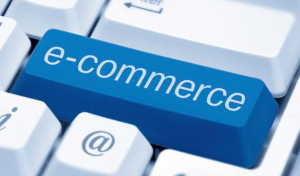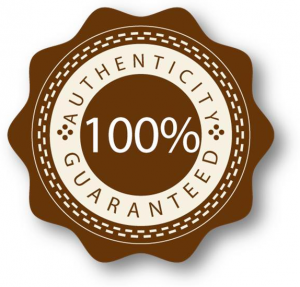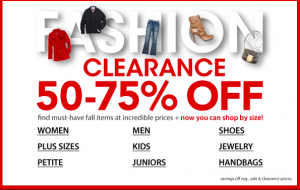With reference to Class 20 on Social Enterprise, I agree and support the “one for one” business model because I admire and respect its focus on a solution to poverty through entrepreneurial means. Sole Rebels is a sustainable shoe company that has manufacturing plants in developing countries which creates labour opportunities for locals. Toms on the other hand, has implemented the “one for one” business plan; with every purchase of a toms shoe, a person in a developing country receives a pair of toms for free. True, there are some issues with manufacturing and who it is that takes up the cost for producing the “free” pair of toms, I believe that the overall effort is a great start. There are only a few popular companies whose core values lie in social enterprise and suppressing the idea altogether belittles the efforts that have been made.
I believe that if Toms takes a different approach towards their manufacturing and outsource to building plants on site in developing countries it can benefit both sides; the company and its workers. Toms has an established reputation as their brand promotes their values of a solution to poverty. As a quote in Wharton says, “We know from research that people are most motivated to help when they feel a connection to those whom they’re helping.” As the “one for one” model continues to be experimented on, I have faith that with innovation and research an optimal solution can be reached that promotes positive change and sustainability.
Word Count: 250
References:
- Forbes. Forbes Magazine, n.d. Web. 16 Nov. 2015. <http://www.forbes.com/sites/jamespoulos/2012/04/11/toms-shoes-a-doomed-vanity-project/>.
- “How Social Entrepreneurs Make Change Happen.” Harvard Business Review. N.p., 14 Oct. 2015. Web. 16 Nov. 2015. <https://hbr.org/2015/10/how-social-entrepreneurs-make-change-happen>.
- “Our Ethos.” Our Ethos. N.p., n.d. Web. 16 Nov. 2015. <http://www.solerebels.com/pages/our-ethos>.
- “The One-for-one Business Model: Avoiding Unintended Consequences.” KnowledgeWharton The Oneforone Business Model Avoiding Unintended Consequences Comments. N.p., n.d. Web. 16 Nov. 2015. <http://knowledge.wharton.upenn.edu/article/one-one-business-model-social-impact-avoiding-unintended-consequences/>.
- “The One for One Company | TOMS.” The One for One Company | TOMS. N.p., n.d. Web. 16 Nov. 2015. <http://www.toms.ca/?cid=ps_cabrand&utm_source=google&utm_medium=cpc&utm_term=toms&utm_campaign=CA%2B-%2BBrand%2B-%2BHead%2BTerms%2B-%2BExact&utm_content=svNtDEdsn_dc%7Cpcrid%7C44861492509%7Cpkw%7Ctoms%7Cpmt%7Ce%7C>.
- “What Is Social Entrepreneurship?” Skoll World Forum on Social Entrepreneurship. N.p., n.d. Web. 16 Nov. 2015. <http://archive.skoll.org/about/what-is-social-entrepreneurship/>.
- Wikipedia. Wikimedia Foundation, n.d. Web. 16 Nov. 2015. <https://en.wikipedia.org/wiki/Dambisa_Moyo>.






